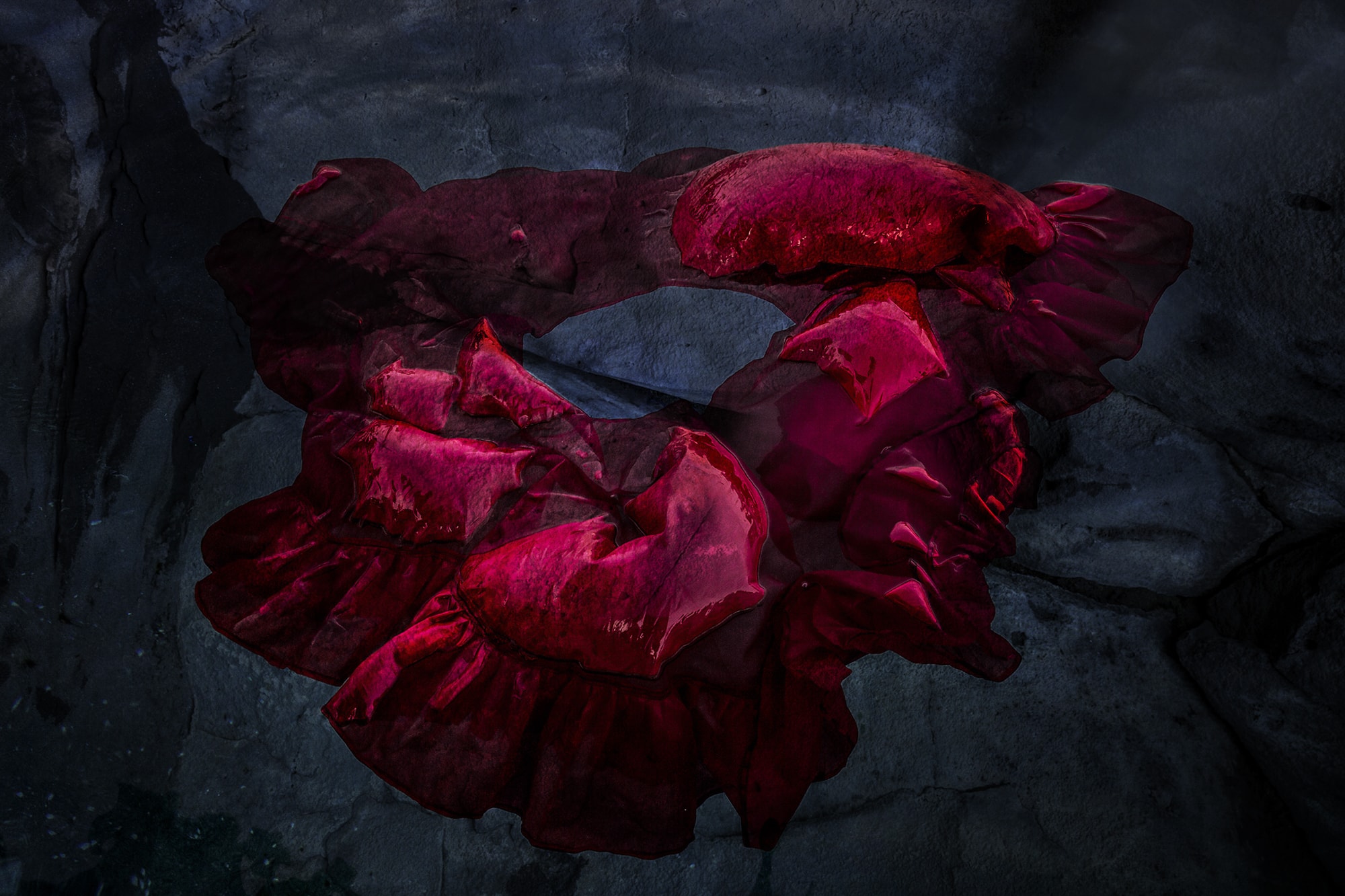
The Spell the Desert has over Me
The earth beats and the Peruvian photographer Gihan Tubbeh knows it. Not only because she feels it, but also because she measures the vibration of the cortex with sensors. Where others see postcards, she finds poetry. She is interested in portraying chaos. In it, she sees a perfect order, she finds beauty. And she quotes Jung, “in all chaos, there is a cosmos, in all disorder, a secret order.”
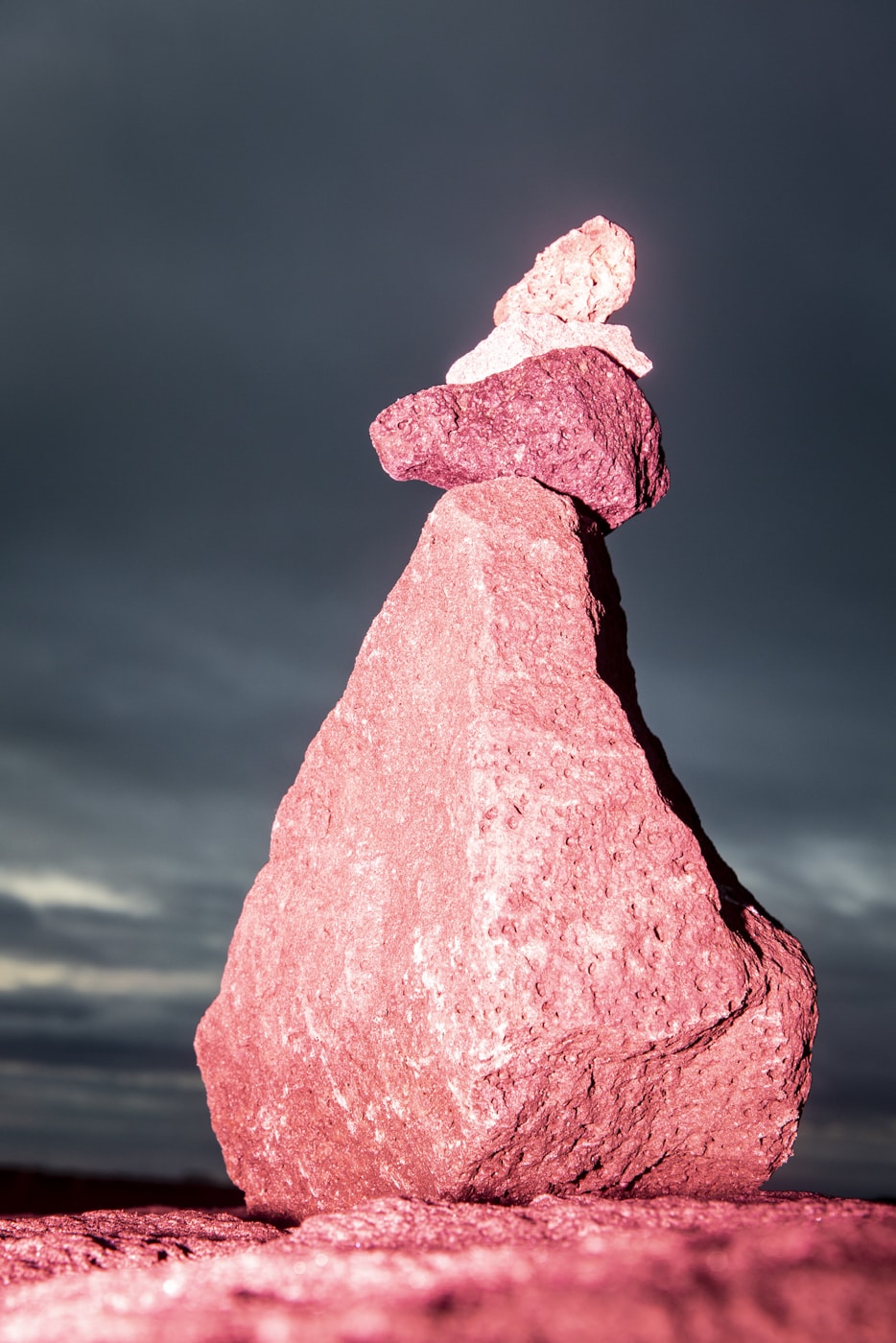
Gihan Tubbeh
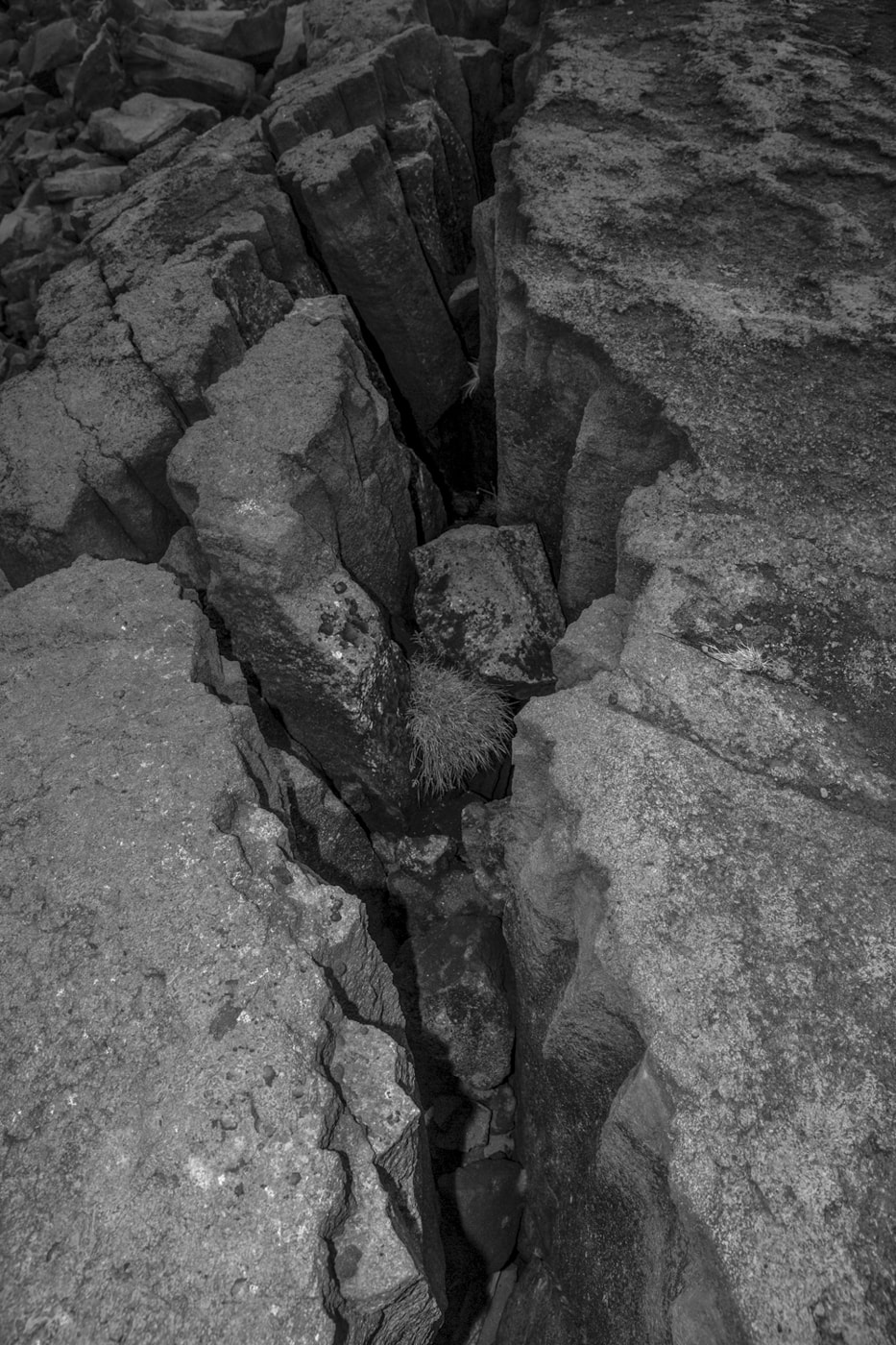
Gihan Tubbeh
Gihan works between Latin America and Europe. Her work has been exhibited at MOLAA Museum of Latin American Art (Los Angeles), Casa de las Américas (Madrid), FOLA Fototeca Latinoamericana (Buenos Aires), among others. She participated in photography festivals such as Les Rencontres d’Arles (France), Noorderlicht Photo Festival (Amsterdam), and the Latin American Forum of Photography in São Paulo (Brazil).
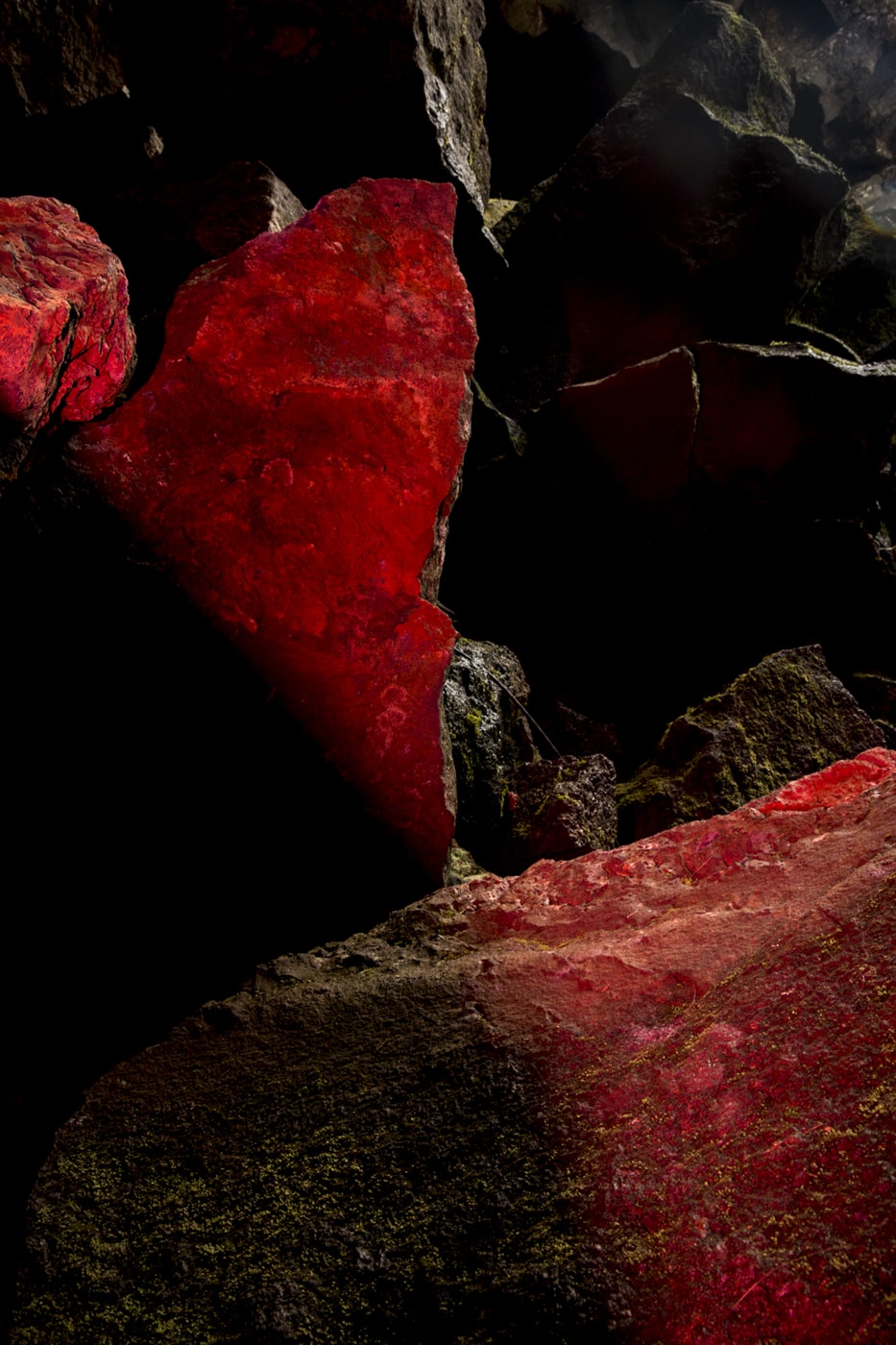
Gihan Tubbeh
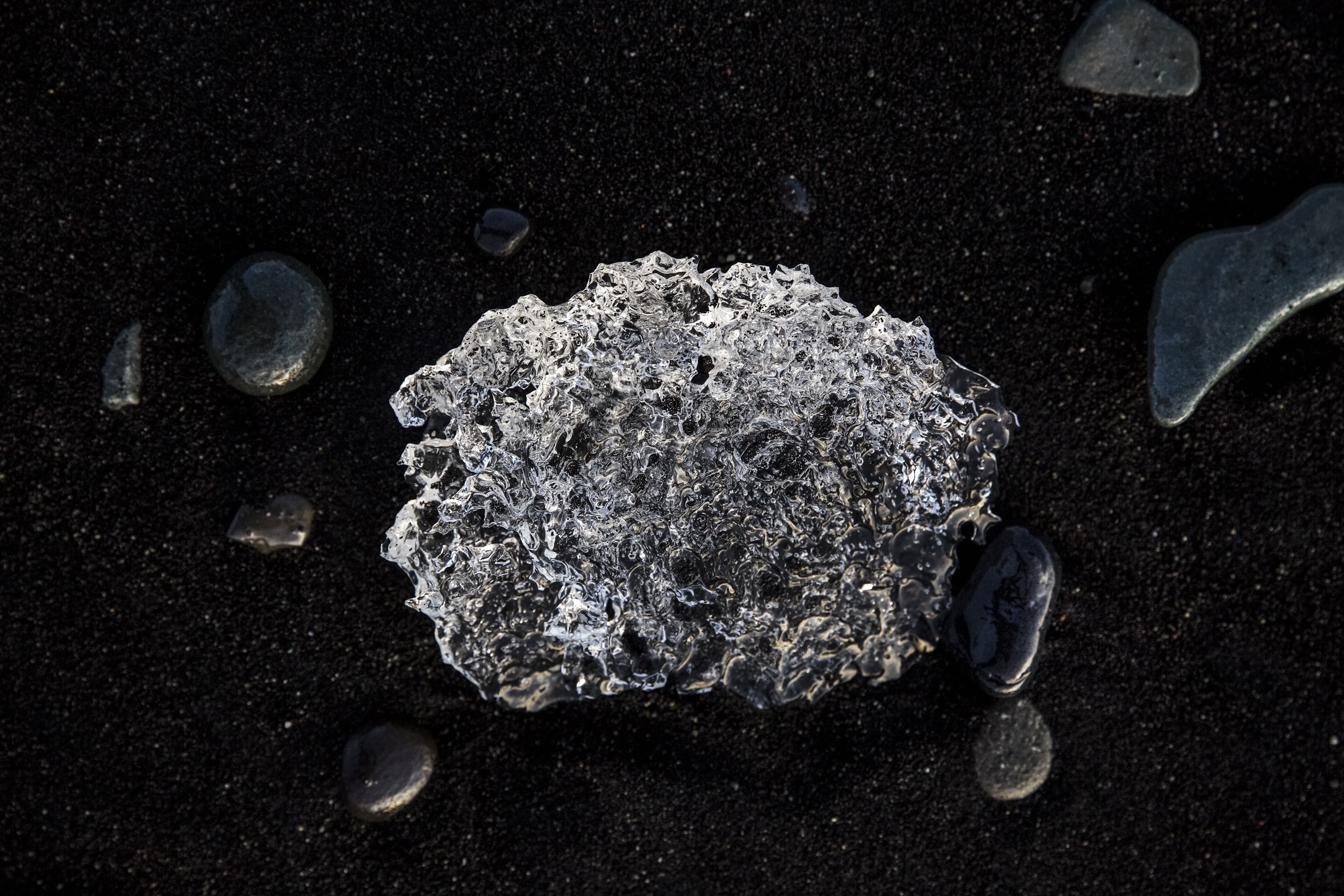
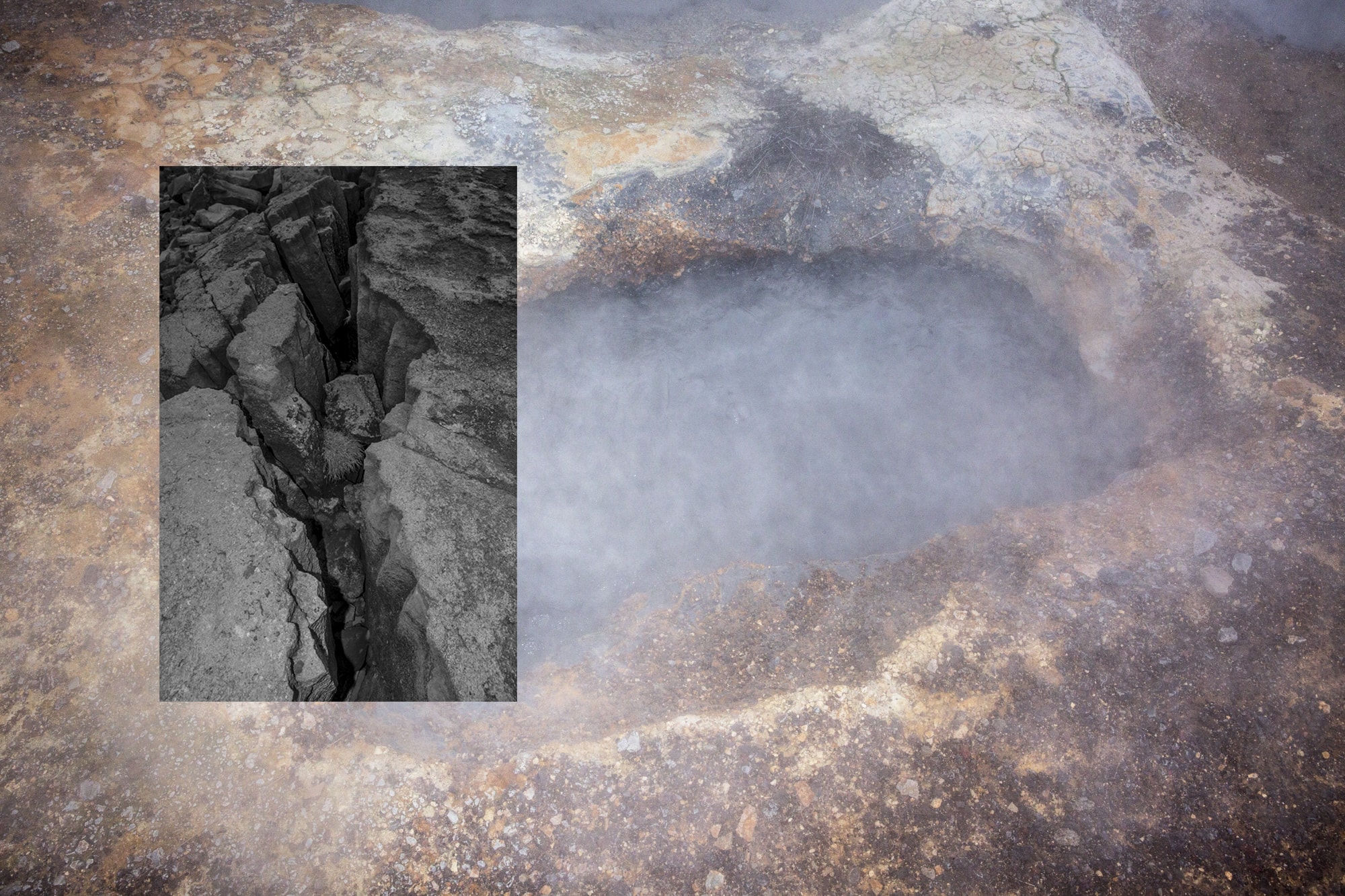
How was your relationship with landscape born?
In my first “true” approach to landscape, I found poetry, something that has interested me before photography. In 2017 I launched La herencia de mi cordillera, a tribute to the mother. I saw resonances between the geography of the land and the human body. The intention was to parallel the Earth’s skin with the maternal space, the womb.
I felt that the images I was capturing echoed an imaginary galaxy as if I were still inside the womb. I did an ultrasound on my mom, and it looked like something was moving in there. These kinds of premises that I put myself, perhaps fanciful, serve to stimulate my imagination and keep looking for new meanings that move me. I also found musicality, and I perceive that my work is looking for rhythm, repetition. It was the first work in which the territory became the protagonist.
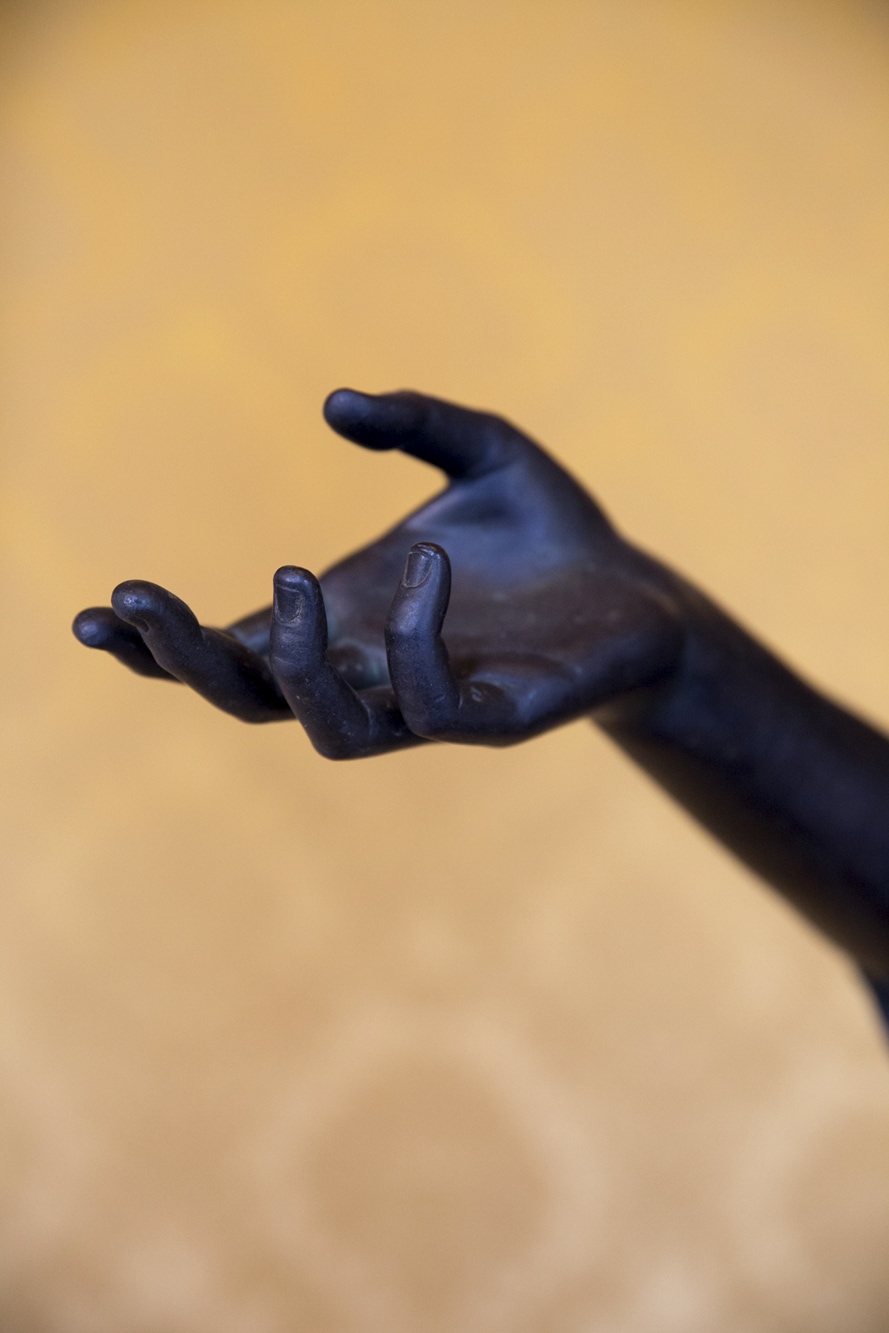
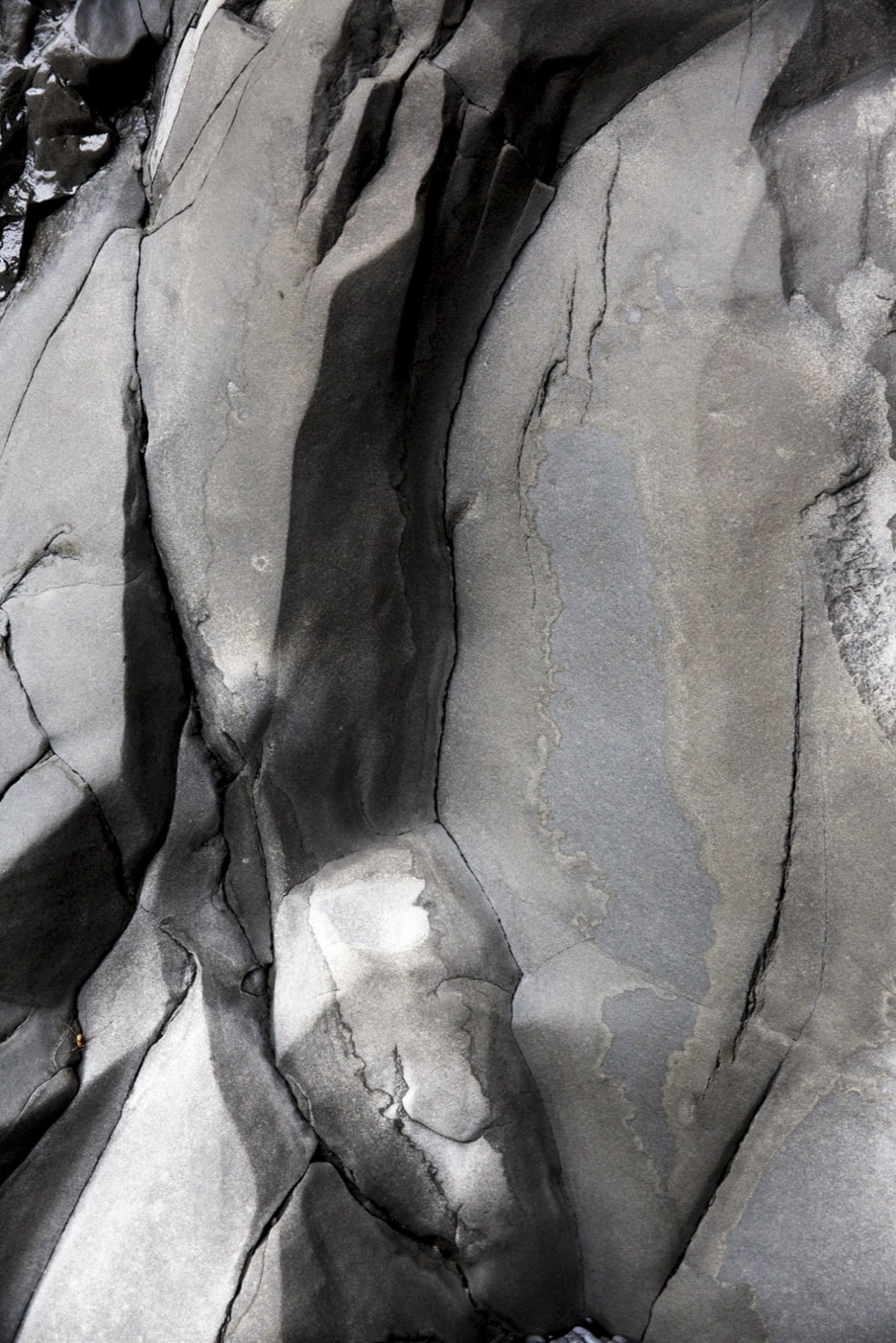
You speak of an “inherited violence” in women, what do you mean?
I questioned menstruation as violence. The image of a giant round stone became an ovum. That’s how the photos began to work as symbols. By intuitively combining incompatibles, metaphors were born. This is how this project about the inherited violence that women have is composed. Our body tears because nature made it that way. Men’s bodies do not bleed month by month.
It is as if each ovum is a death. That one dies, and you bleed, and you die, and everything happens to you. I feel that there is primordial violence there, isn’t that capacity to contract life a death? The same faculty to create destroys you. The same as the earth, as a creative and destructive mother. From these reflections arises, as a consequence, From time to time a volcano explodes.
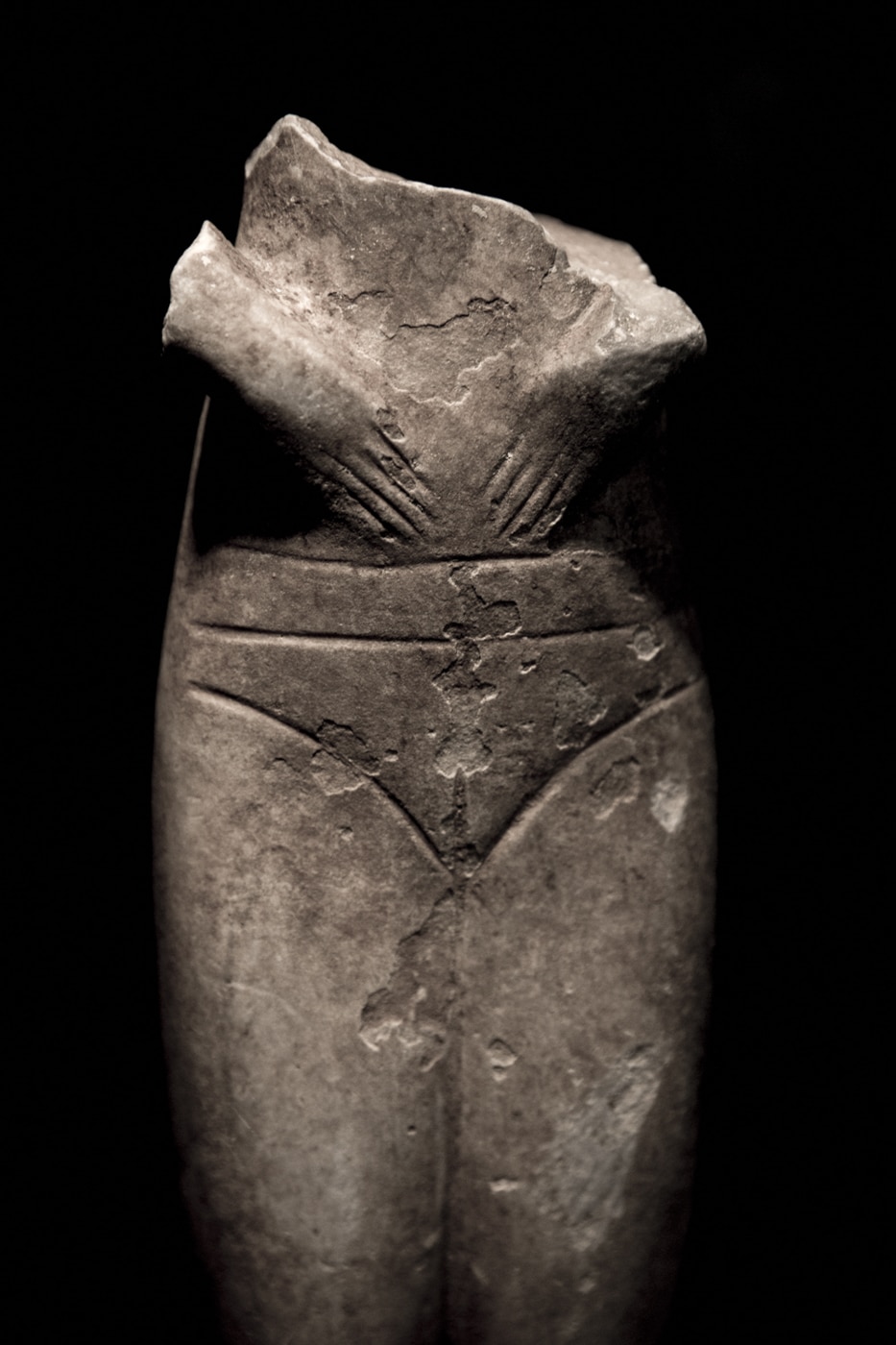
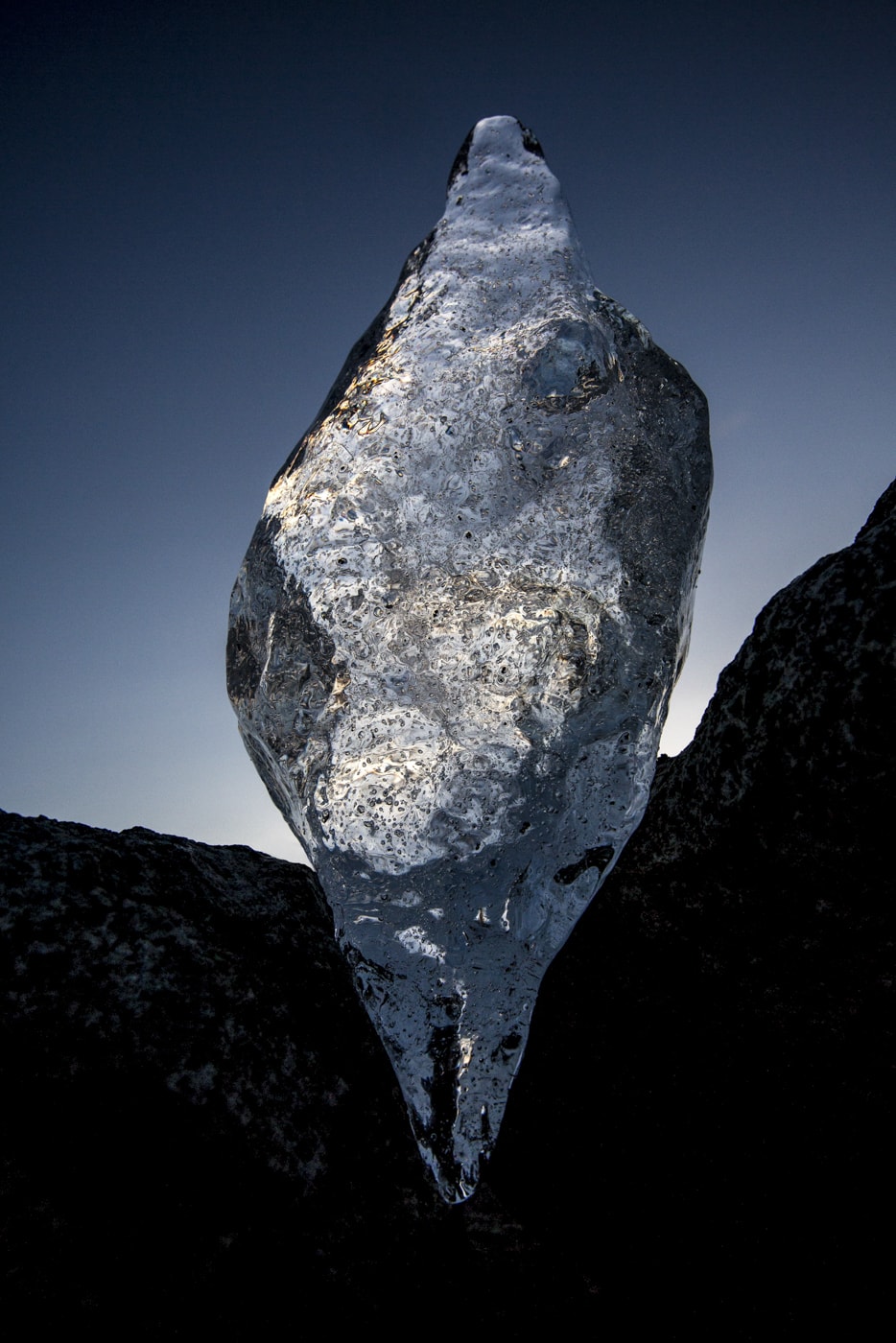
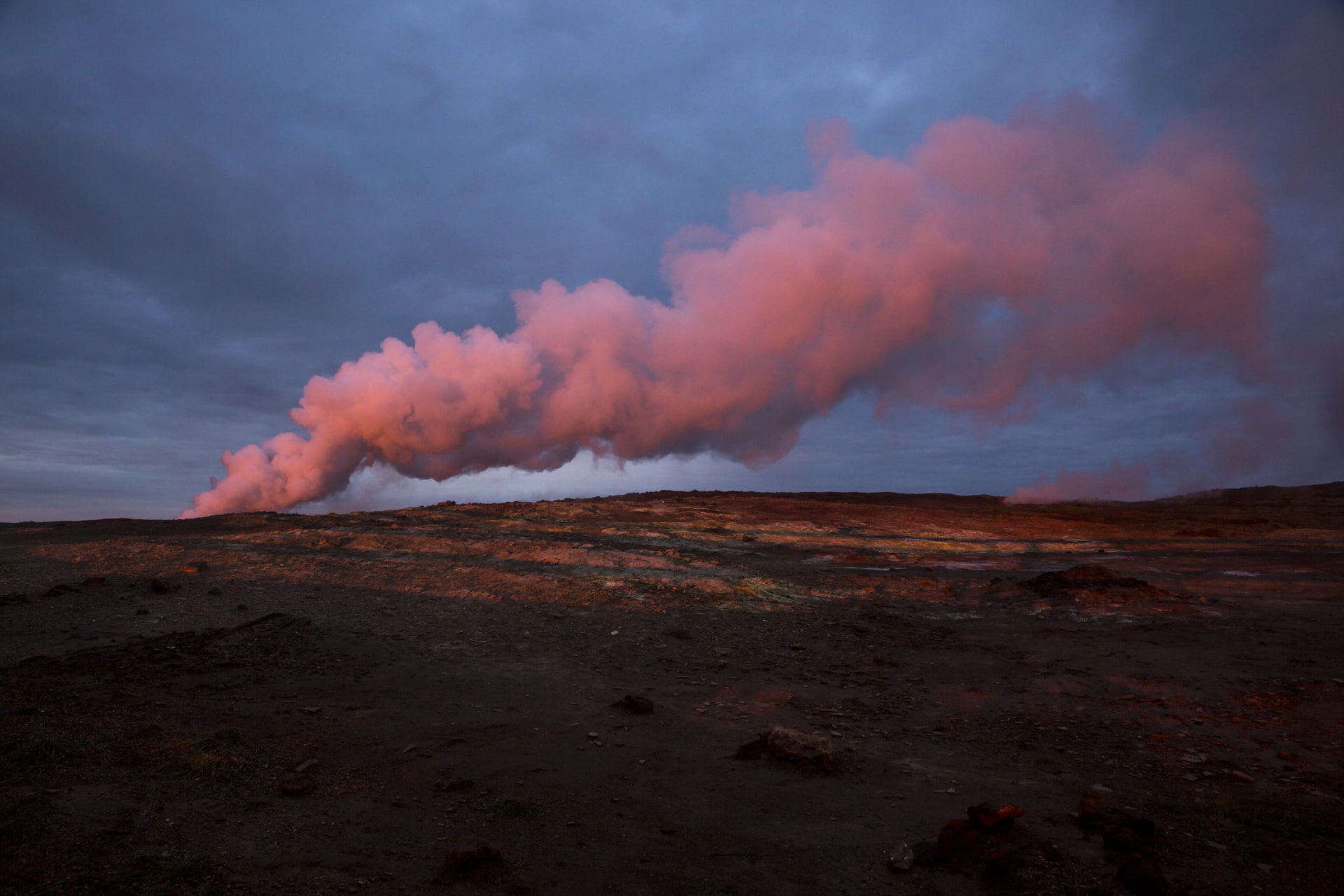
Where do you find inspiration?
Artists oscillate because you can get paralyzed and frustrated. You go in search of something that catapults you. I went to Iceland to look for volcanoes, to Argentina to look for horses, poetry, books, and people in the countryside. I want to hear how everything moves, how the earth is. I want to feel the aggression and the softness, I want to be embraced by something.
In Iceland, I felt the coexistence of contradictions: the romantic with the wild, the serene with the violent. Then I went to Rome, Pompeii, and Athens to look for history and I became fascinated with sculpture and mythology condensed into the matter.
Lately, I take photos and explore other media to evoke what I need. Photography has limited me, it has become very flat. Now I’m recording sound, putting sensors in the fissures of the earth. For example, what does a volcano sound like? Since La herencia de mi Cordillera I’ve been obsessed with electrocardiograms, today with different graphics and methods of the earth’s pulsation.
The last project I’m developing is Verbos de Piedra ” II – Partituras”. I have mountains of stones from different countries, geographies, territories. I place them on carbon paper and trace them in their different positions. Each image has its coordinates, I am assembling a constellation. I am playing, representing the imprecision of the human being. But time is naturally precise, the nature of the earth has its temporality. I am moving them, I am bringing them to Lima, from Iceland, from Portugal, from here and there. I have been collecting for years, it is like the spell that the desert has over me, it began when I was not yet a photographer.
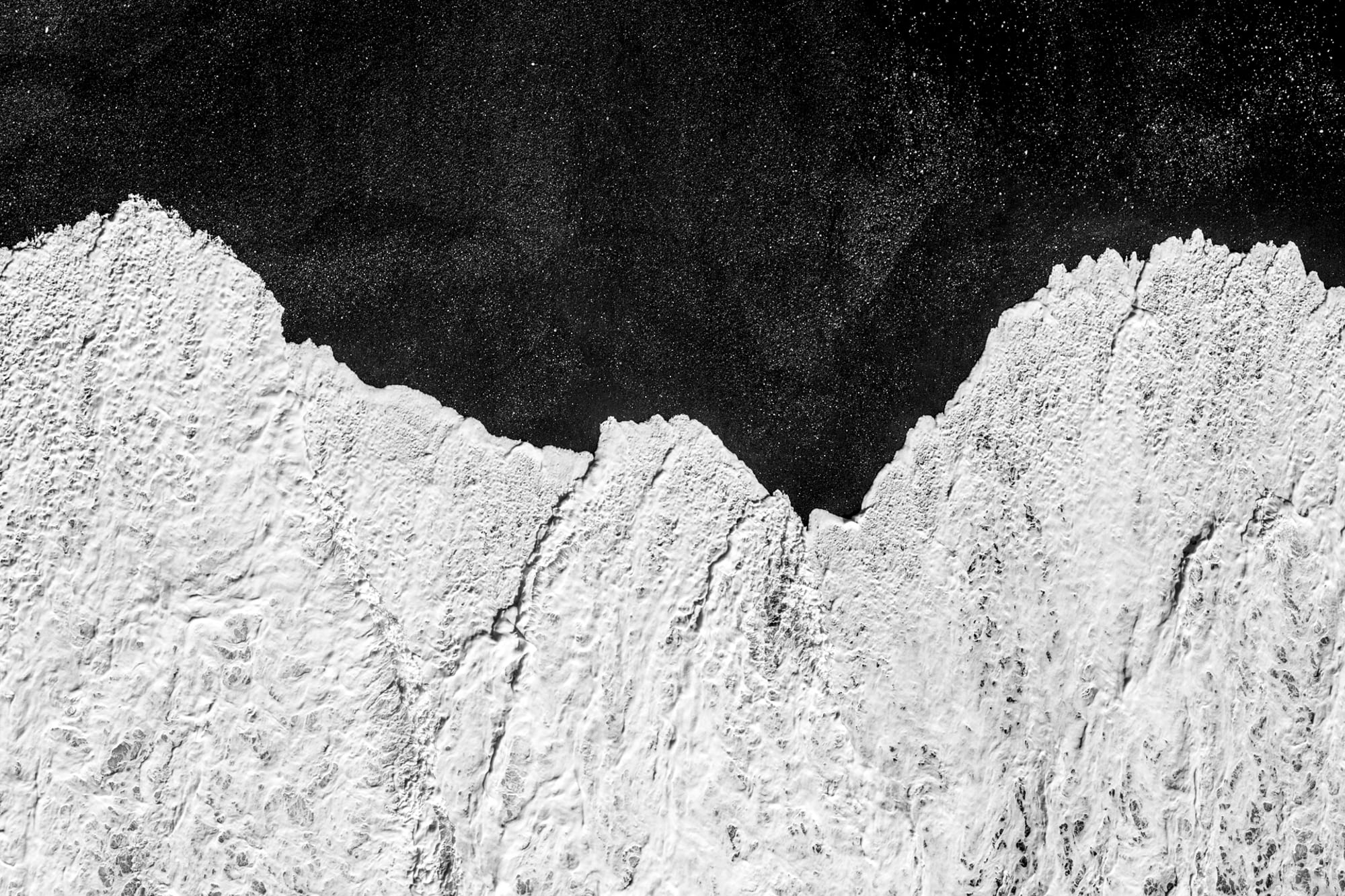
Gihan Tubbeh


